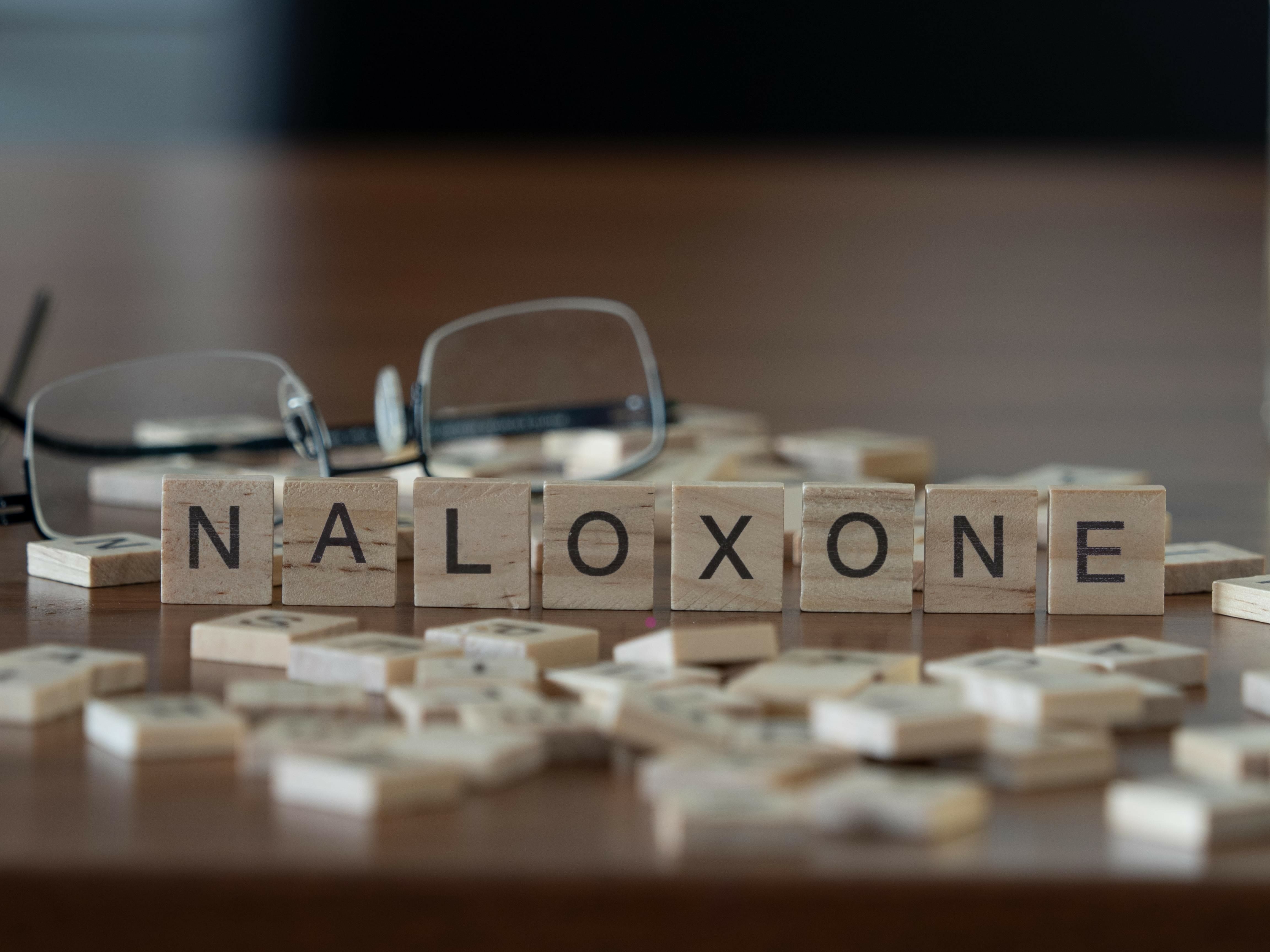News
Article
FDA Approves Over-the-Counter Naloxone Nasal Spray for Opioid Overdose
Author(s):
Naloxone hydrochloride (Amneal Pharmaceuticals Inc) is the generic equivalent to OTC Narcan (Emergent).
The FDA has approved naloxone hydrochloride (Amneal Pharmaceuticals Inc) as the generic equivalent to over-the-counter (OTC) Narcan (Emergent BioSolutions) for OTC use as treatment of opioid overdose, including heroin, fentanyl, and prescription opioid medications.1
Image Credit: lexiconimages - stock.adobe.com

“By enhancing access to naloxone nasal spray, we hope to get this affordable emergency treatment into the hands of even more people who could potentially save countless families and communities from further heartache and loss,” said Chirag and Chintu Patel, co-chief executive officers at Amneal, in a press release.1
In March 2023, the first OTC naloxone hydrochloride 4 mg (Narcan; Emergent BioSolutions) was approved for use without a prescription. This followed the decision of 2 FDA panels that unanimously voted to recommend that naloxone be made available without a prescription being required. In the panels, some members did raise concerns about confusing packaging and instructions, but the company said it would revise those elements to address the concerns.2,3
Furthermore, the FDA also approved the OTC naloxone hydrochloride nasal spray RiVive (Harm Reduction Therapeutics) 3 mg, which is another opioid reversal medication for emergency treatment for known or suspected opioid overdoes. This approval was based on findings from a study that showed that RiVive had similar results as the approved prescription naloxone product, showing that it is safe and effective.4
OTC Narcan is available in pharmacies, convenience stores, grocery stores, gas stations, and online, according to an article in Pharmacy Times.
In 2021, more than 106,000 individuals in the United States died from a drug-involved overdose, including illicit drugs and opioids, with overall drug overdose deaths rising from 2019 to 2021, according to National Institute on Drug Abuse.5 Further, in the first year of the COVID-19 pandemic, there was an increase of 113% in the “Years of Life Lost” among adolescents and young individuals in the United States due to unintentional drug overdose, according to a study by The Ohio State University Wexner Medical Center and College of Medicine.6
“Mortality due to unintentional overdose in adolescents reached an all-time high in 2020,” Orman Trent Hall, DO, assistant professor of Psychiatry and Behavioral Health at Ohio State, said in a press release. “The majority of deaths involved fentanyl and other synthetic opioids. The trends depicted in this study signify the need for increased harm-reduction approaches and treatment of opioid use disorder in adolescents.”6
From 2019 to 2020, the number of adolescents of “Years of Life Lost” to unintentional drug overdose in the United states increased from 39,579 to 84,179, respectively.6
References
Amneal Announces U.S. FDA Approval of Over-the-Counter Naloxone Hydrochloride Nasal Spray for Emergency Treatment of an Opioid Overdose. News release. Amneal Pharmaceuticals. April 24, 2024. Accessed April 25, 2024.
Pharmacy Times. FDA Approves First OTC Naloxone Nasal Spray to Reverse Effects of Opioid Overdose. March 29, 2023. Accessed April 25, 2024. https://www.pharmacytimes.com/view/fda-approves-first-otc-naloxone-nasal-spray-to-reverse-effects-of-opioid-overdose
Antrim A. FDA Advisory Committees Recommend Naloxone Be Available OTC. Pharmacy Times. February 16, 2023. Acessed April 25, 2024. https://www.pharmacytimes.com/view/fda-advisory-committees-recommend-naloxone-be-available-otc
Pharmacy Times. Second OTC Opioid Overdose Reversal Medication Approved by FDA. July 28, 2023. Accessed April 25, 2024. https://www.pharmacytimes.com/view/second-otc-opioid-overdose-reversal-medication-approved-by-fda
National Institute on Drug Abuse. Drug Overdose Death Rates. June 30, 2023. Accessed April 25, 2024. https://nida.nih.gov/research-topics/trends-statistics/overdose-death-rates
'Years of Life Lost' to unintentional drug overdose in adolescents spikes during pandemic. News release. The Ohio State University Wexner Medical Center. September 13, 2022. April 25, 2024. https://wexnermedical.osu.edu/mediaroom/pressreleaselisting/years-of-life-lost-to-unintentional-drug-overdose-in-adolescents-spikes-during-pandemic





